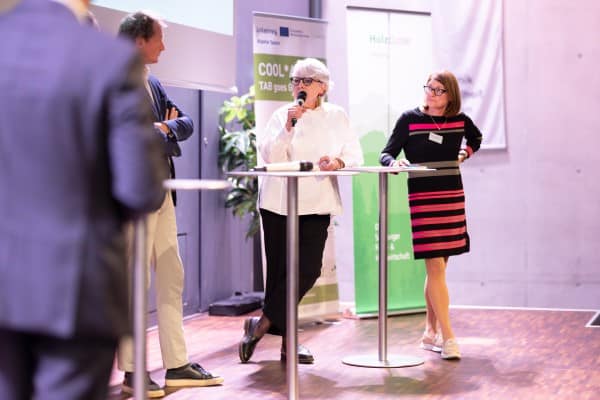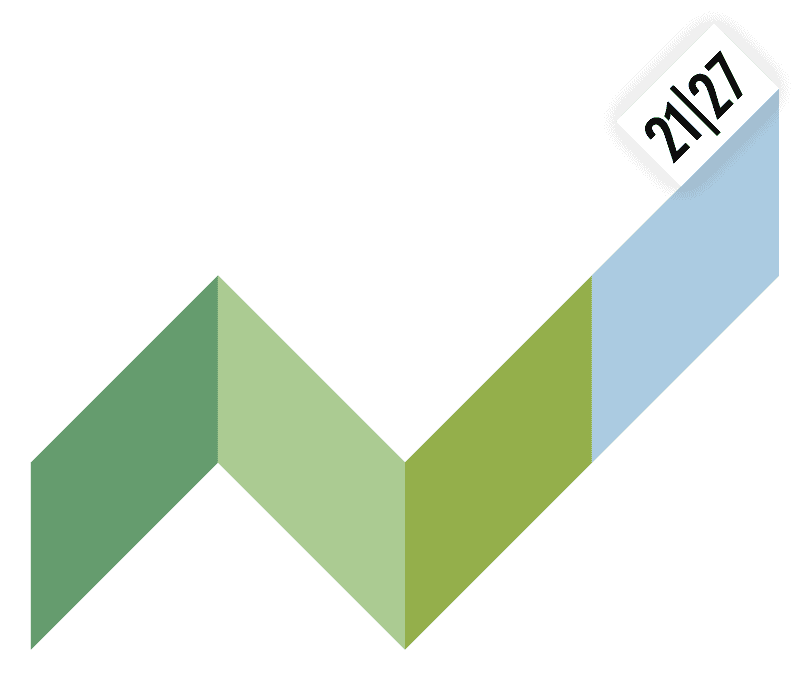The consumption of the construction industry in figures is impressive: more than 50 percent of existing CO2 emissions, up to 50 percent of energy consumption, use of up to 50 percent of existing raw materials and 50 to 60 percent of waste (Germany-wide). This was shown by Stefanie Weidner, head of sustainability strategies at the Werner Sobek office, at the 10th specialist symposium Brennpunkt Alpines Bauen. The international office Werner Sobek is known for its focus on the design and planning of load-bearing structures, façades and technical building equipment as well as sustainable engineering and design. A rethink in the building industry is necessary, because measures introduced by law are far from sufficient to achieve the emission savings necessary for climate targets (broken down proportionally for Germany in their examples).
However, both planning and the construction industry have already gone further than the legal framework. A multitude of standards create specifications that significantly increase the amount of resources and make it difficult to reuse materials in the sense of the circular economy. For this reason, the Bavarian Chamber of Architects, represented at the symposium by architect and board member Rainer Post, is calling for a new building type “e”. The “e” stands for simple and experimental and is not intended to replace the current classes of the building code in Bavaria, but to supplement them. In practice, this means reducing buildings to the core of the protection goals (stability, fire protection, healthy living conditions and environmental protection) and waiving compliance with more extensive standards. For example, it should be possible to construct plug-in, screwed or clamped connections and thus dispense with adhesives, which are more harmful to the environment and hardly useful in recycling – but which standards prescribe in certain areas (e.g. sealing standards) according to the Post Office. Liability issues are not irrelevant either. For example, you cannot remove a fire door from one building and reinstall it in another. Guarantees and liabilities have by no means been clarified here.
Christine Itzlinger-Nagl, Head of the Department for Planning, Building and Housing at the Province of Salzburg, also addresses this topic. Here, work is being done on the new Housing Promotion Act, which is to come into force at the beginning of 2025. She confirms the previous speaker’s view that the building code is more of a “new construction” code and provides too few possibilities for valuable utilisation from existing buildings. Building in existing buildings is not yet promoted as well as building on greenfield sites. This should change with the new law.



